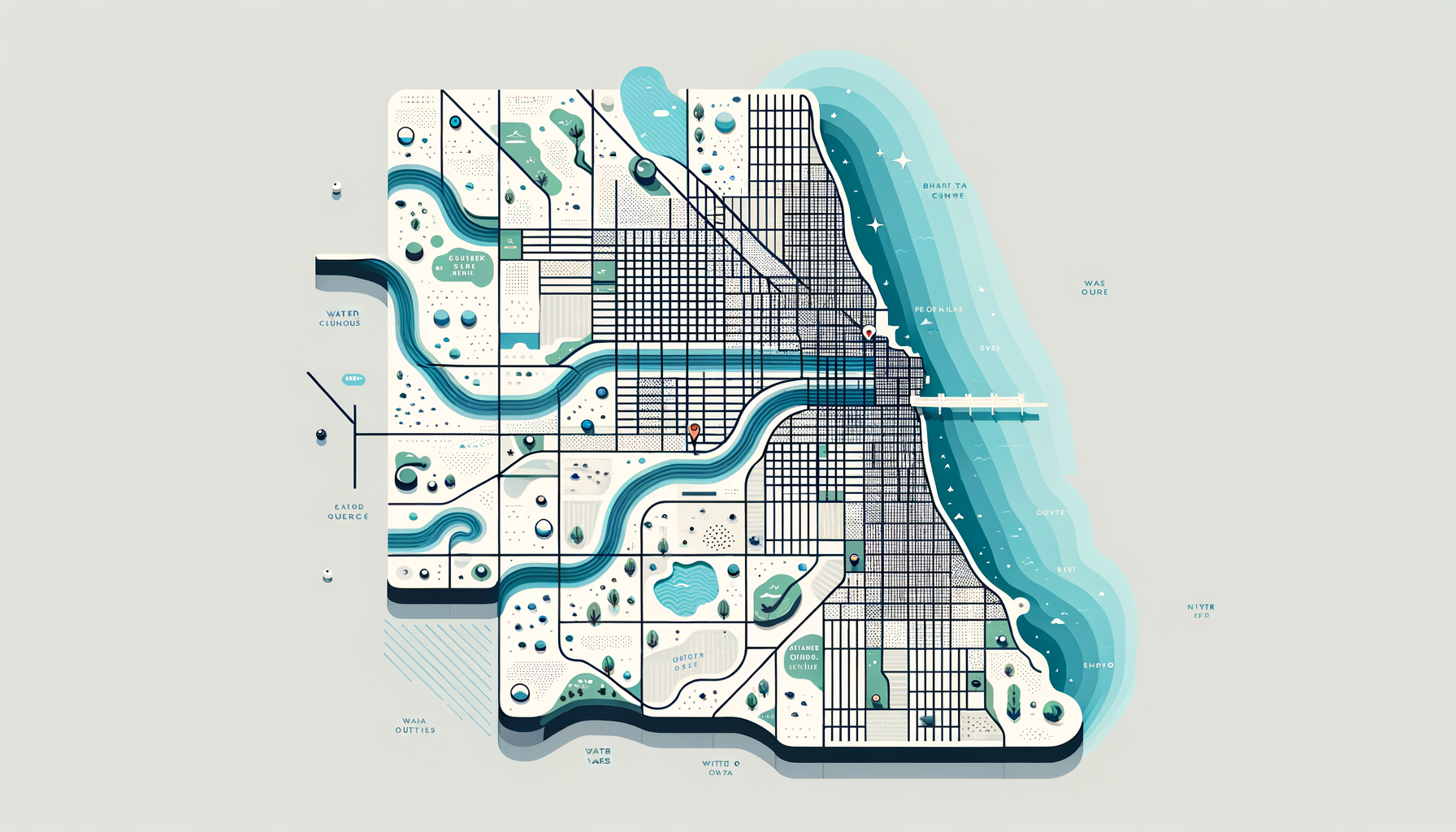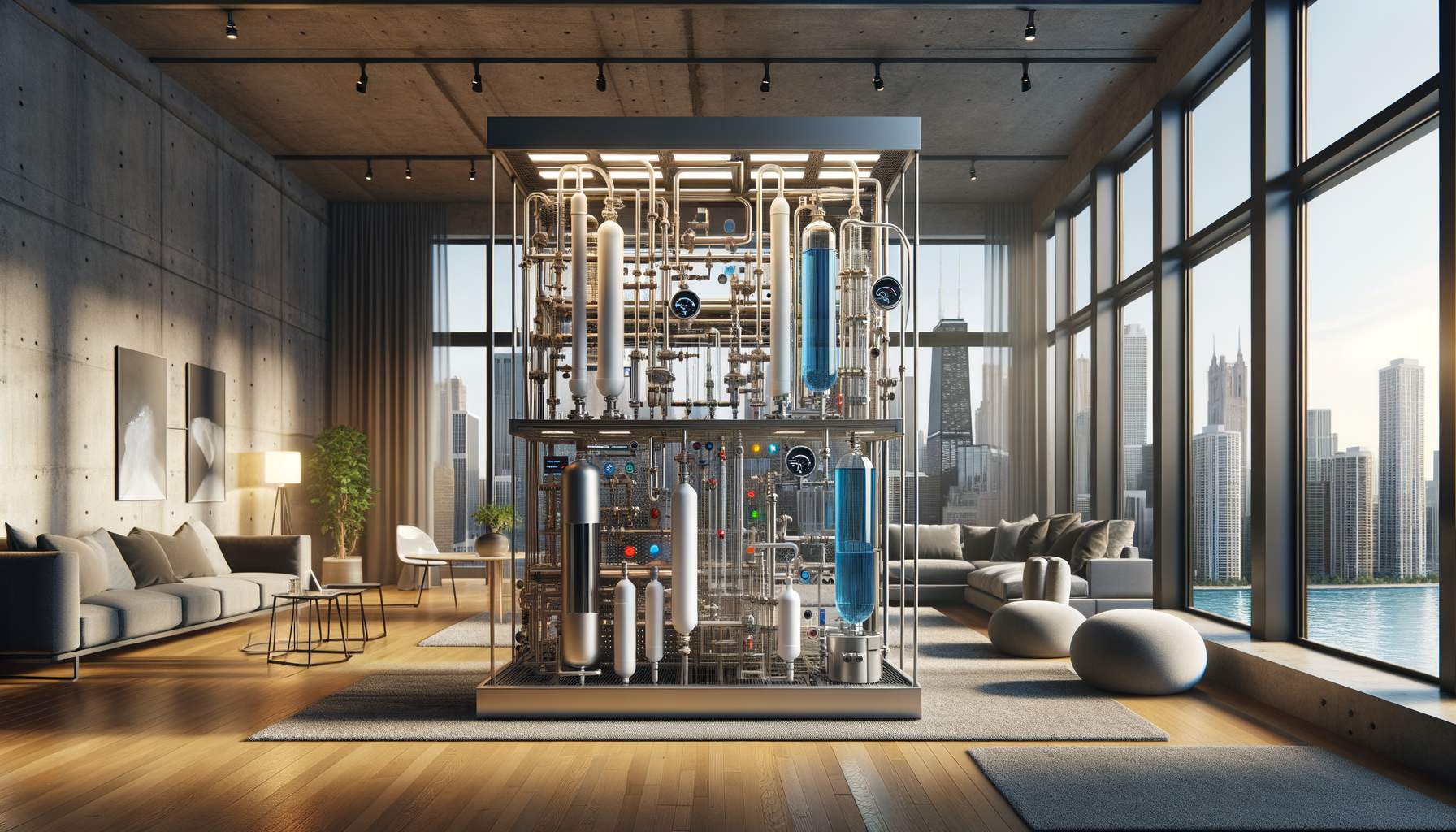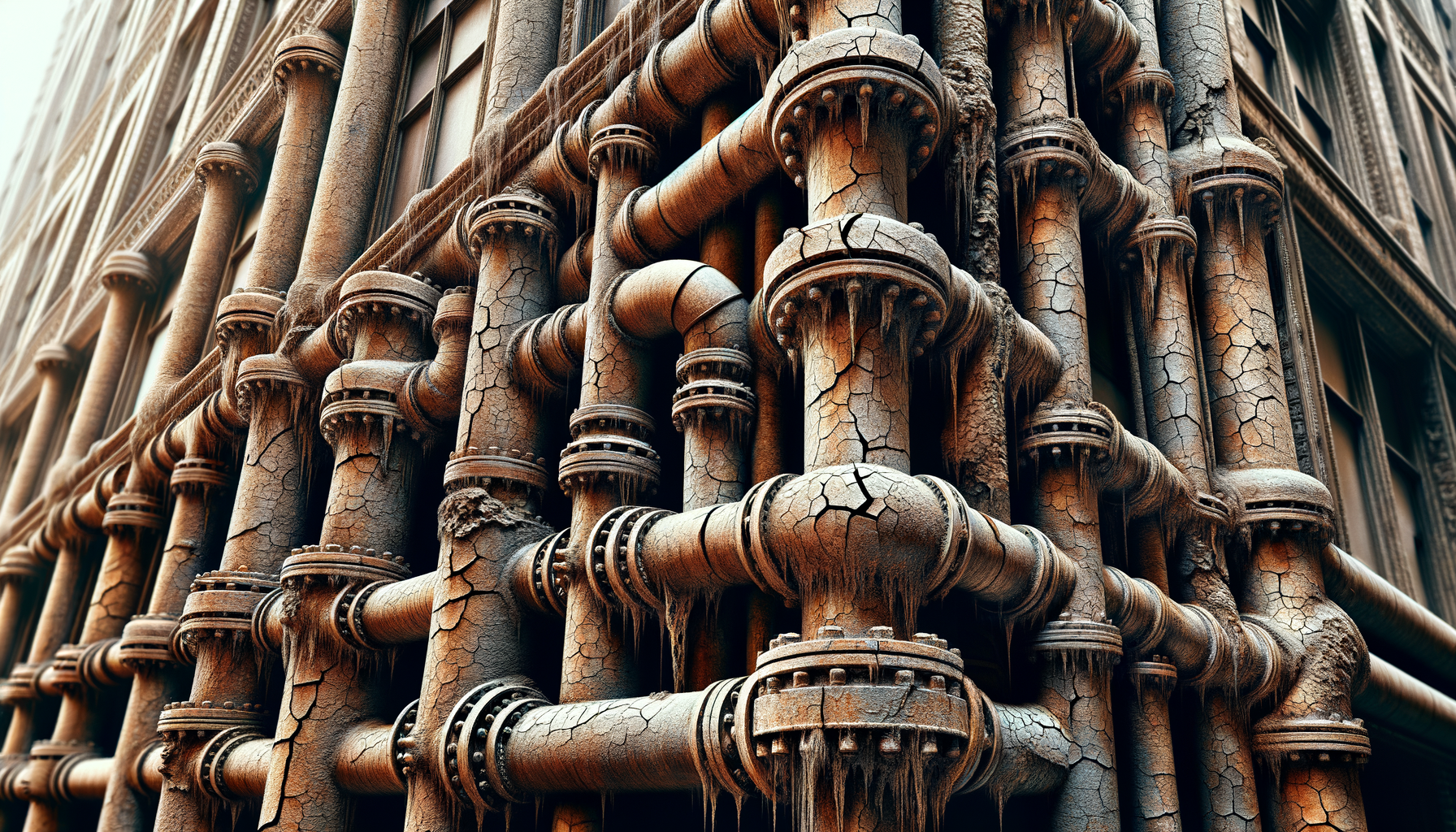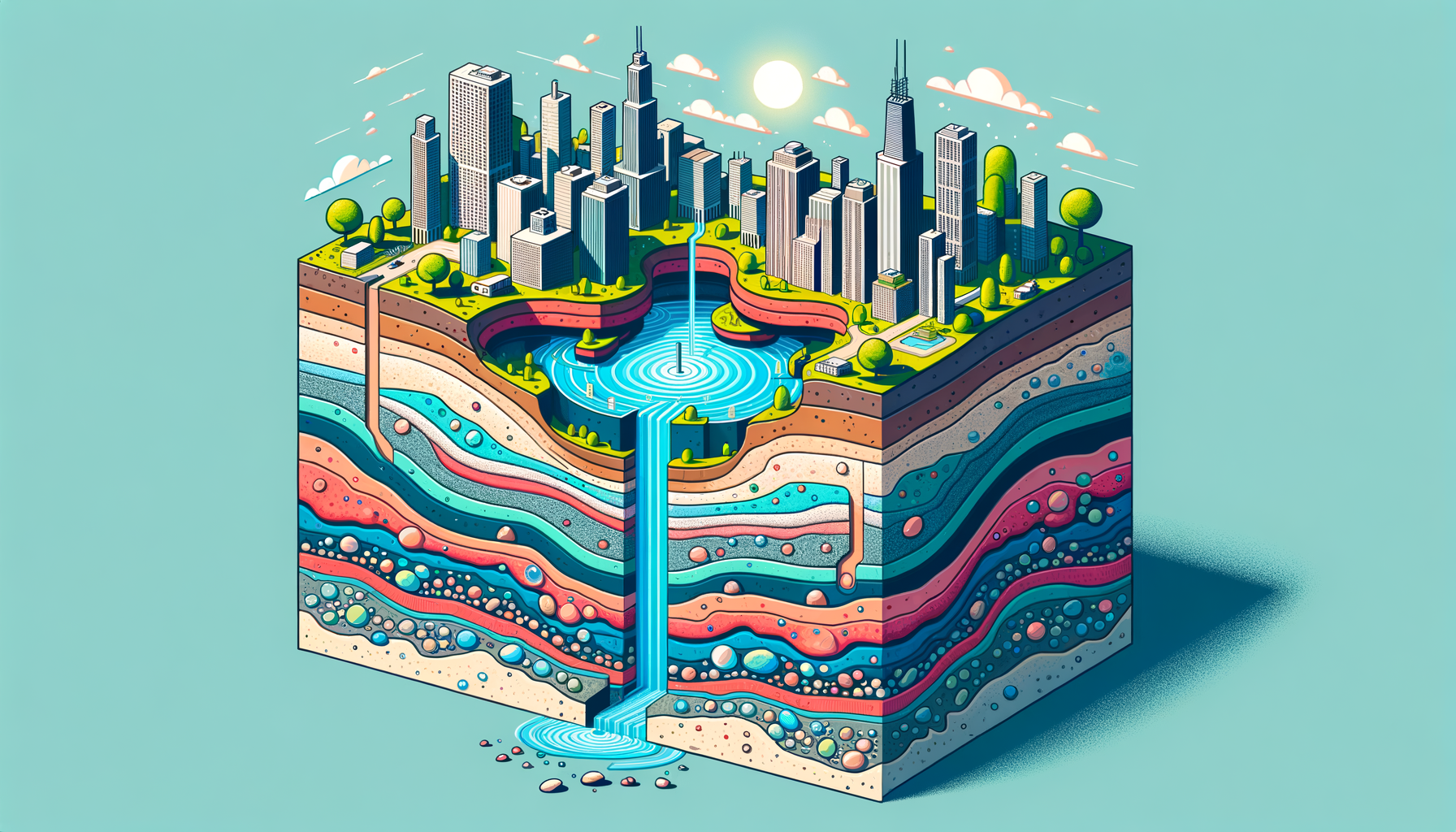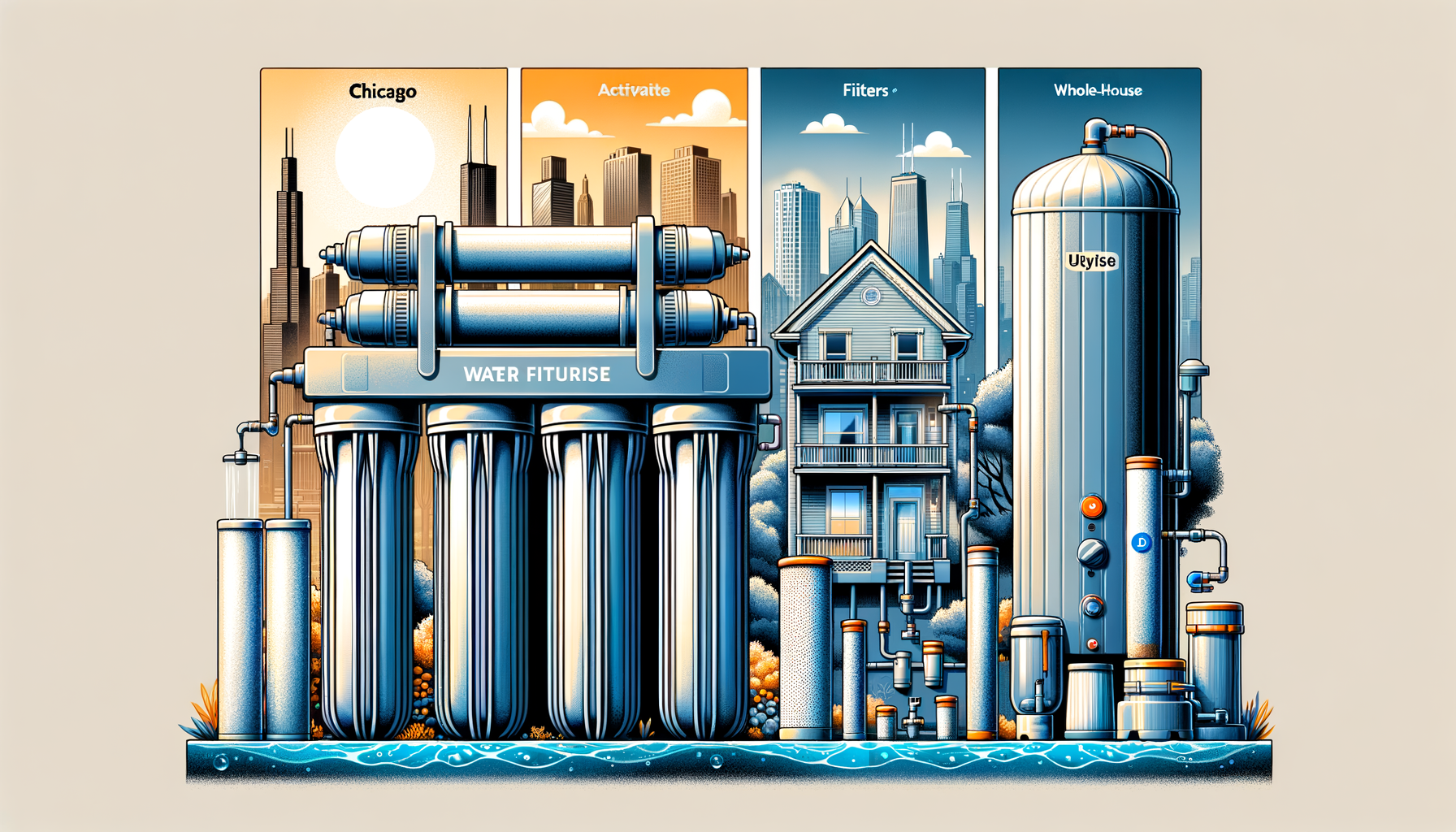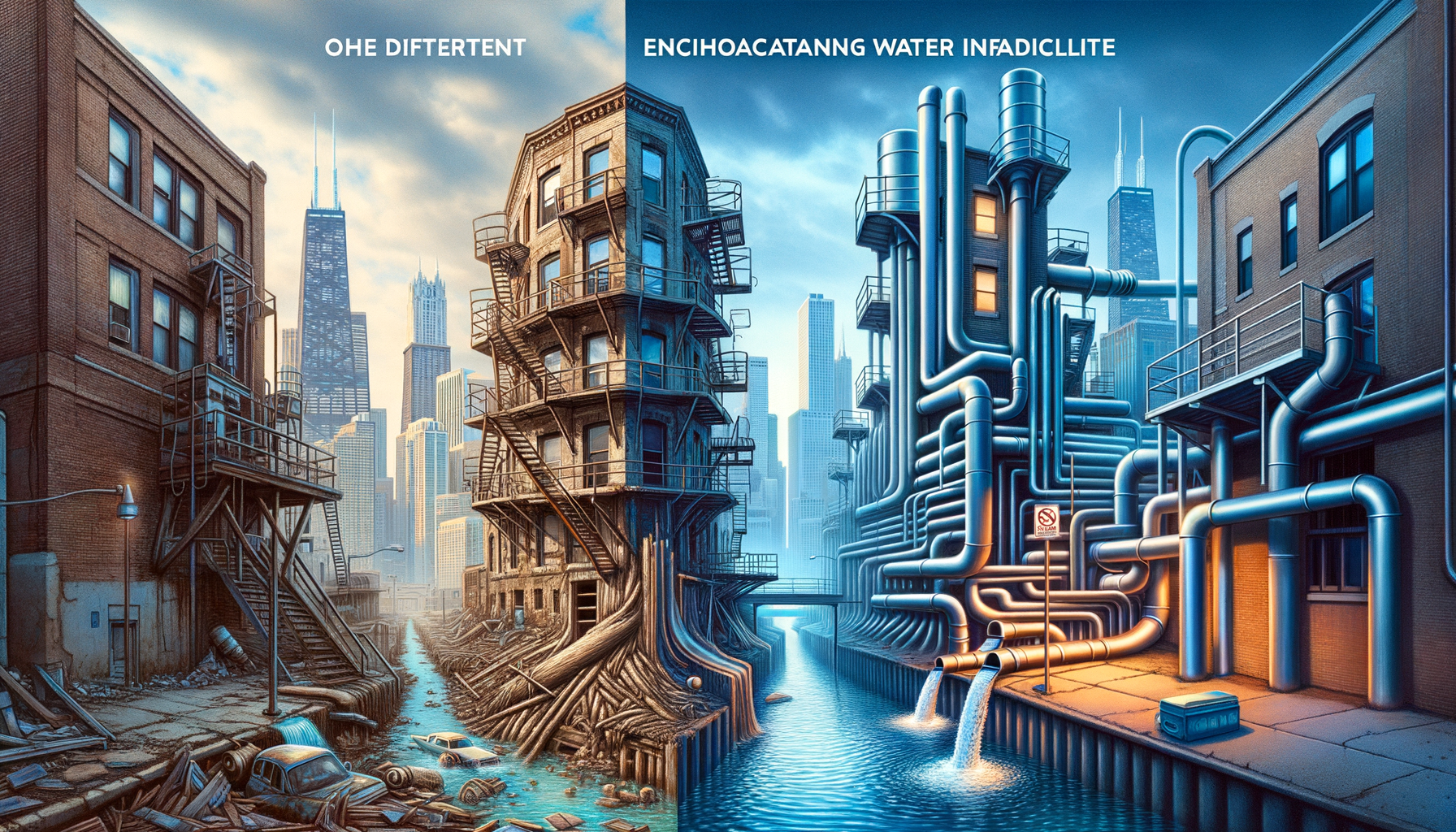Comprehensive Guide to Water Quality in Chicago: Contaminants, Issues, and Water Filtration Solutions
by Ryan Moreau / updated February 13th, 2025
Chicago, known as the Windy City, is nestled along the southwestern shores of Lake Michigan. The city draws its water from this vast freshwater source, serving millions of residents and businesses. Despite the abundant supply, Chicago faces unique water quality challenges stemming from industrial history, aging infrastructure, and environmental factors. In this comprehensive guide, we delve into the common contaminants affecting Chicago’s water, regional challenges, and effective filtration solutions. Begin by utilizing our Water Quality Tool to receive a personalized analysis of your local water conditions.
Overview of Chicago’s Water Sources
Chicago’s primary water source is Lake Michigan, one of the five Great Lakes and a critical freshwater resource in North America. The city’s water infrastructure is designed to harness this vast supply efficiently and sustainably. Key aspects of Chicago’s water sources include:
- Lake Michigan Intake Cribs: Chicago employs a system of offshore intake cribs located in Lake Michigan. These structures draw water from depths that are less affected by surface contaminants.
- Water Treatment Plants: The city operates two major water purification plants—Jardine and Sawyer—among the largest in the world, processing nearly one billion gallons of water daily.
- Aging Distribution System: The extensive network of pipes and mains, some over a century old, delivers treated water throughout the city and suburbs.
- Groundwater (Limited Use): While Lake Michigan is the primary source, some surrounding communities rely on groundwater, which can be susceptible to different contaminants.
The Chicago Department of Water Management oversees these systems, ensuring that water meets federal and state quality standards. However, environmental factors and infrastructure challenges necessitate ongoing attention to water quality.
Common Water Quality Contaminants in Chicago
Despite rigorous treatment processes, several contaminants can affect Chicago’s water supply, primarily due to historical industrial activities and aging infrastructure. To understand potential issues in your area, start with our Water Quality Tool and consider these common contaminants:
1. Lead
Lead contamination remains a significant concern in Chicago due to the extensive use of lead service lines in older homes and buildings. Lead can leach into drinking water from corroded plumbing, posing severe health risks, particularly to children and pregnant women.
Water Filtration Options for Lead: Reverse Osmosis Water Filters, Activated Carbon Water Filters certified for lead removal.
2. Microbial Contaminants
Bacteria, viruses, and protozoa can enter the water supply through cracks in the distribution system or from Lake Michigan’s source water. While treatment plants effectively disinfect water, occasional breaches can lead to boil advisories.
Water Filtration Options for Microbial Contaminants: Reverse Osmosis Water Filters with UV purification systems effectively eliminate pathogens.
3. Disinfection Byproducts (DBPs)
The chlorination process used to disinfect water can react with natural organic matter, forming disinfection byproducts like trihalomethanes (THMs) and haloacetic acids (HAAs). Long-term exposure to DBPs is associated with an increased risk of cancer.
Water Filtration Options for Disinfection Byproducts: Activated Carbon Water Filters effectively reduce DBP levels.
4. Pharmaceuticals and Personal Care Products (PPCPs)
Trace amounts of pharmaceuticals and personal care products can enter water sources through wastewater discharges. While concentrations are typically low, the long-term effects on human health and the environment are a growing concern.
Water Filtration Options for PPCPs: Reverse Osmosis Systems, Activated Carbon Filters
5. Industrial Chemicals (PCBs, Mercury)
Historical industrial discharges have left contaminants like polychlorinated biphenyls (PCBs) and mercury in sediments of the Chicago River and Lake Michigan. These can occasionally affect water quality, especially during disturbances.
Water Filtration Options for Industrial Chemicals: Reverse Osmosis Systems capable of reducing chemical contaminants.
6. Algal Toxins
Seasonal algal blooms in Lake Michigan can produce toxins such as microcystins, which are harmful if ingested. Climate change and nutrient runoff contribute to the frequency and severity of these blooms.
Water Filtration Options for Algal Toxins: Activated Carbon Filters and Reverse Osmosis Systems can reduce the presence of these toxins.
7. Nitrates
Nitrate contamination can occur due to agricultural runoff entering Lake Michigan. Elevated nitrate levels pose health risks to infants and pregnant women, potentially leading to methemoglobinemia or “blue baby syndrome.”
Water Filtration Options for Nitrates: Reverse Osmosis Systems are effective in removing nitrates.
8. Radium and Other Radioactive Elements
Some suburban areas around Chicago that rely on groundwater have detected elevated levels of radium, a naturally occurring radioactive element. Long-term exposure increases the risk of bone cancer.
Water Filtration Options for Radium: Reverse Osmosis Systems, Ion Exchange Filters.
9. Chloride and Sodium
Road de-icing salts can raise chloride and sodium levels in water sources. While not typically harmful to the general population, high sodium levels can be a concern for individuals on sodium-restricted diets.
Water Filtration Options for Chloride and Sodium: Specialized Reverse Osmosis Systems.
Regional Water Quality Challenges in Chicago
Chicago’s regional water quality challenges are shaped by its industrial legacy, urban density, and geographical location along Lake Michigan. Key challenges identified by the Environmental Protection Agency (EPA) and local organizations include:
1. Lead Service Lines
Chicago has one of the highest numbers of lead service lines in the nation, with estimates of over 380,000 lines still in use. Replacing these lines is a massive undertaking, essential for reducing lead exposure (EPA – Lead in Drinking Water).
2. Combined Sewer Overflows (CSOs)
Heavy rainfall can overwhelm Chicago’s combined sewer system, leading to the discharge of untreated wastewater into the Chicago River and Lake Michigan, potentially impacting water quality and necessitating boil advisories.
3. Industrial Pollution Legacy
The city’s industrial past has left contaminants in soil and sediments, particularly along the Chicago River. Disturbances or redevelopment in these areas can release pollutants into the water system.
General Water Characteristics in Chicago
Understanding the general characteristics of Chicago’s water helps residents choose appropriate treatment solutions and maintain their plumbing systems. Key characteristics include:
1. Water Hardness
Chicago’s water is considered moderately hard due to the presence of calcium and magnesium ions from natural sources in Lake Michigan. While not harmful to health, hard water can cause scale buildup in appliances and reduce soap efficiency.
For households dealing with hard water, installing a water softener can mitigate these issues. To determine the necessity and size of a water softener for your home, use our Water Softener Calculator.
2. pH Levels
The pH of Chicago’s water typically ranges from neutral to slightly alkaline, averaging around 7.5 to 8.5. This range helps minimize pipe corrosion but can contribute to mineral deposits over time.
- Corrosion Control: The city adds phosphate compounds to inhibit corrosion in lead and copper pipes.
- Appliance Longevity: Slightly alkaline water can extend the life of plumbing fixtures and appliances.
Monitoring pH levels ensures your home’s plumbing remains in good condition. If pH imbalances are detected, appropriate filtration or treatment can adjust levels to optimal ranges.
3. Temperature Variation
Seasonal changes in Lake Michigan’s temperature can affect water properties:
- Cold Water: In winter, colder water temperatures can increase the solubility of gases, potentially affecting taste and odor.
- Algal Blooms: Warmer summer temperatures can promote algal growth, necessitating additional treatment to remove taste and odor compounds.
Installing appropriate filtration systems can help mitigate seasonal variations in water quality, ensuring consistent taste and safety throughout the year.
Utilizing the Water Quality Tool for Chicago Residents
Chicago residents can gain valuable insights into their local water quality by using our Water Quality Tool. This resource allows you to:
- Input your zip code to access detailed information on local water contaminants
- Understand the specific challenges posed by your neighborhood’s infrastructure
- Receive tailored recommendations for filtration solutions based on identified contaminants
Staying informed empowers you to take proactive steps in ensuring the safety and quality of your household water supply.
Recommended Filtration Solutions for Common Chicago Contaminants
Addressing Chicago’s water quality issues effectively requires selecting the right filtration systems. Based on prevalent contaminants, the following solutions are recommended:
1. Reverse Osmosis Systems
Reverse Osmosis (RO) Systems provide comprehensive filtration, removing lead, nitrates, industrial chemicals, and other dissolved solids. They are particularly effective for households concerned about multiple contaminants.
2. NSF-Certified Activated Carbon Filters
Activated Carbon Filters certified by NSF/ANSI standards can reduce chlorine, DBPs, and improve taste and odor. They are suitable for addressing disinfection byproducts and organic compounds.
3. Whole House Filtration Systems
Whole House Filtration Systems can treat all incoming water, which is beneficial for mitigating hard water issues and protecting plumbing from scale and corrosion.
Local Water Testing Services in Chicago
Accurate water testing is crucial for identifying specific contaminants in your water supply. We recommend using SimpleLab for comprehensive and reliable water testing services. Their kits provide detailed laboratory analysis, helping you make informed decisions about necessary filtration and treatment options.
Case Studies: Addressing Water Quality Issues in Chicago
Exploring how communities and individuals have tackled water quality challenges in Chicago offers practical insights:
1. Lead Service Line Replacement Initiatives
The City of Chicago has launched programs to replace lead service lines, prioritizing schools and daycare centers. Residents have also taken proactive steps by installing certified lead-removing filters while awaiting line replacements.
2. Community Responses to Boil Advisories
During events of combined sewer overflows, some neighborhoods have experienced boil advisories. Community education on proper boiling procedures and the installation of point-of-use filters have helped mitigate health risks.
3. Industrial Site Remediation Efforts
Former industrial sites along the Chicago River have undergone remediation to remove contaminated sediments. These efforts have improved water quality and reduced the risk of pollutants entering the water supply.
Call to Action
Chicago’s reliance on Lake Michigan provides an abundant water supply, but it also presents unique challenges that require vigilant management. By understanding the specific contaminants and issues affecting your water, you can take steps to protect your household’s health.
Begin by entering your zip code into our Water Quality Tool to obtain a detailed analysis of your local water conditions. Explore our comprehensive filter review articles to find the most suitable filtration systems for your needs. Finally, validate your water’s safety with professional water testing services to ensure your family enjoys clean, safe drinking water every day.


